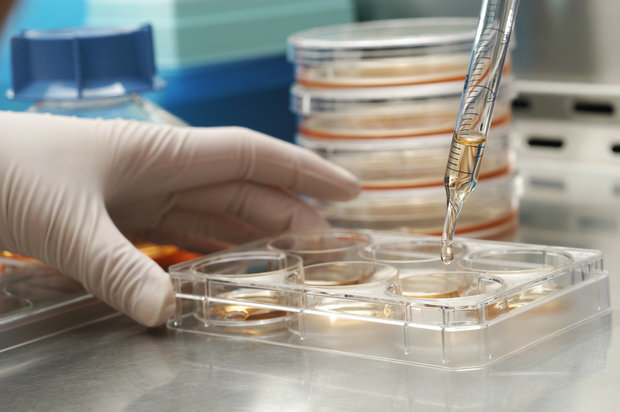Stem cell donation centers to be set up nationwide

TEHRAN – Stem cell donation centers will be established in all provinces across the country, Health Minister Saeed Namaki has said.
“Both stem cell transplant and medication are expensive, but with the support of insurance, we tried to reduce the prices for transplant recipients,” he added.
He made the remarks in Tehran on Sunday on the occasion of World Marrow Donor Day, which is celebrated on the third Saturday of September worldwide.
The event was held on September 21 this year in 50 countries from around the world.
“Although we have difficulties supplying low-cost but profitable treatment such as vaccination, costly treatments have not been abandoned,” Namaki said.
Referring to the high costs of transplantation in the world, he noted that Iran's progress in this field is considerable to the extent that even European recipients come to Iran for liver transplant.
Stem cells are not only used to treat leukemia (blood cancer) but to treat other severe illnesses, the minister said.
He also stated that the establishment of a stem cell bank can be an important step, adding, as it would play a significant role in the health system even in the field of research.
Namaki further called on people and NGOs to help strengthen the stem cell bank and praised all the donors, artists and the media for their contributions in this regard.
How stem cells can cure illnesses?
Stem cells are the “parent” cells from which all other blood cells develop. These are mainly red blood cells, platelets, and white blood cells. Bone marrow, the factory that produces stem cells, is soft tissue inside bones like the breastbone or hip bone.
Stem cells are found in the brain, blood vessels, skeletal muscles, skin, the liver, and bone marrow, peripheral (circulating) blood and the umbilical cord blood of newborn babies.
Usually, very severe illnesses like leukemia, other cancers and hereditary diseases are treated by marrow transplant.
Stem cell donation process
The transplanted stem cells should resemble the patient’s stem cells as closely as possible. Because cell characteristics are inherited, it starts by looking for a compatible donor, whose genetic markers are a close enough match to those of the patient, within the family, usually among the brothers and sisters.
These tissue markers are found on all the body’s cells, including stem cells. If the donor’s and recipient’s markers are not sufficiently alike, a transplant cannot be performed because it would not work.
The chance of finding a compatible donor in the family is about 25 percent or 1 in 4. However, the odds of finding a compatible donor are much lower than in the family: 1 in 450 to 1 in 750,000.
Because there is very little chance of finding a compatible donor outside the patient’s family, a list of an enormous number of people whose human leukocyte antigen (HLA) characteristics have been analyzed and who could ultimately agree to donate stem cells for a patient is required which will be achieved by stem cell donation centers.
FB/MG
Leave a Comment